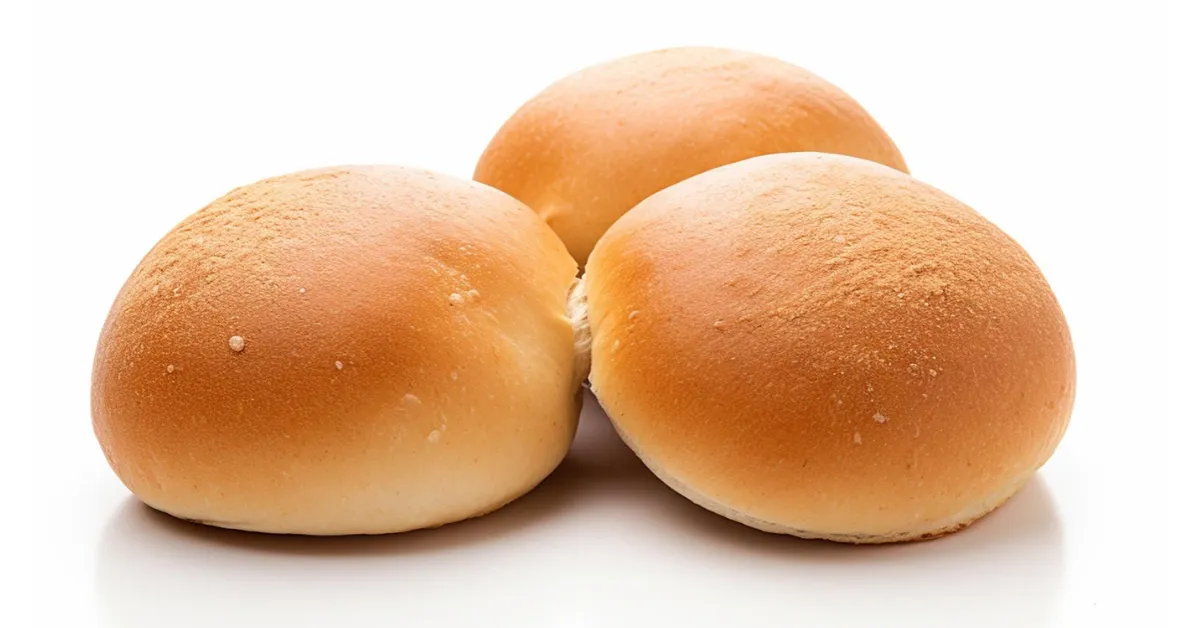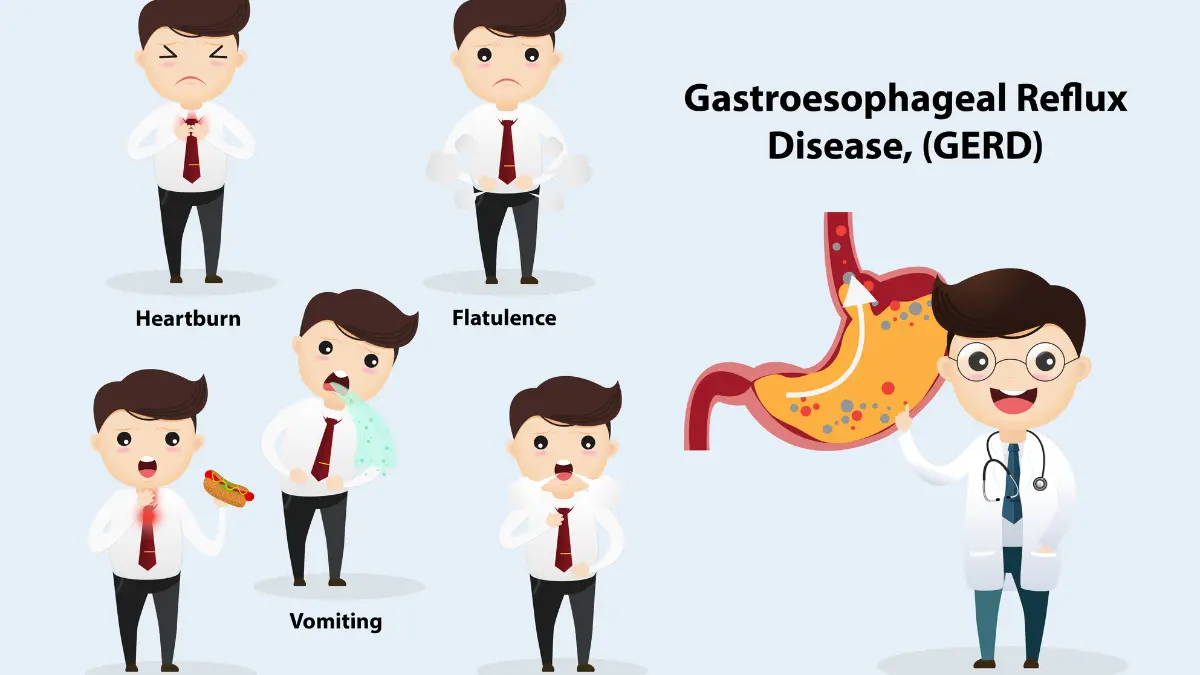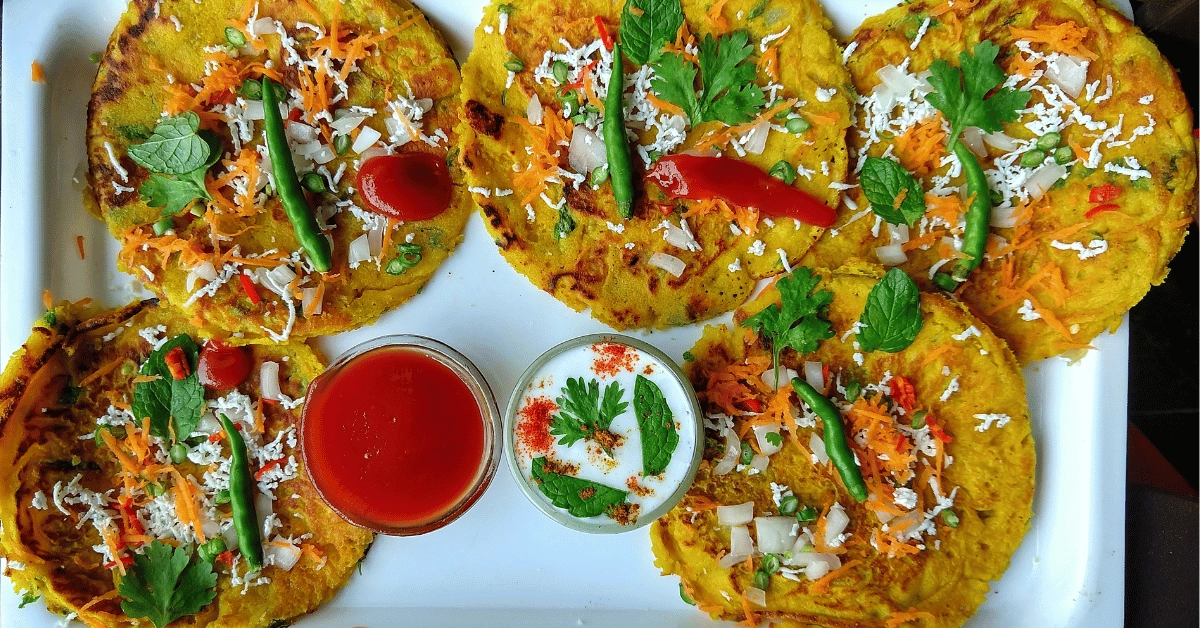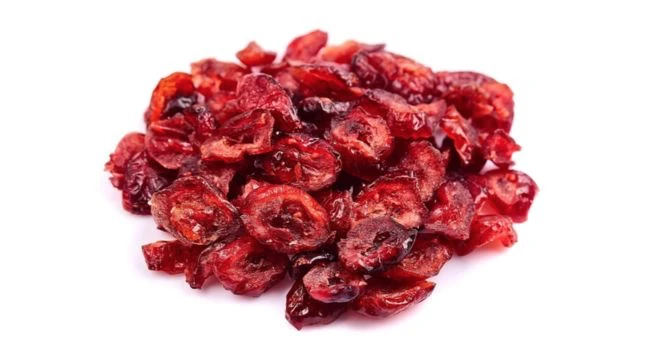Can You Eat Lamb Rare? Safety and Culinary Insights
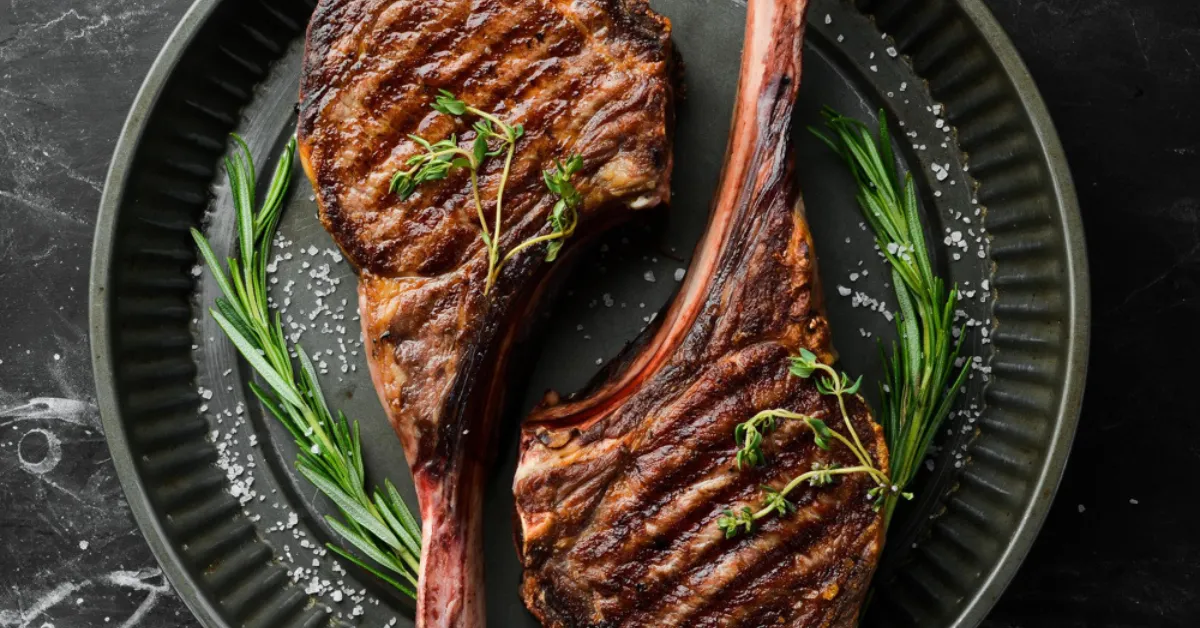
Eating lamb rare is a matter of personal preference and cultural tradition, but it’s essential to consider food safety guidelines to minimize the risk of foodborne illness.
When it comes to consuming any meat rare, including lamb, the primary concern is ensuring that the meat has been cooked sufficiently to kill harmful bacteria that might be present, particularly on the surface.
Lamb is often considered safer to consume at a rarer level of doneness compared to poultry or ground meats.
This is because, like beef, whole cuts of lamb (such as chops or roasts) have most of the bacteria concentrated on the surface. When these cuts are cooked, the outside is usually exposed to high temperatures that can effectively kill these bacteria.
Therefore, if the lamb has been seared or cooked on the outside, eating it rare might carry a lower risk compared to meats that need thorough cooking throughout, like ground lamb or poultry.
However, there are some important considerations:
- Ground Lamb: Dishes made from ground lamb, such as burgers or meatballs, should always be cooked thoroughly to an internal temperature of 160°F (71°C) to ensure safety, as the grinding process can distribute bacteria throughout the meat.
- Pregnant Women, Young Children, Older Adults, and Immunocompromised Individuals: People with weakened immune systems, including young children, seniors, pregnant women, and those with certain health conditions, should avoid eating rare or undercooked meats due to a higher risk of foodborne illnesses.
- Quality and Source: The safety of eating rare lamb can also depend on the meat’s quality and source. Lamb from reputable sources, known for their high standards of hygiene and animal health, might pose a lower risk when eaten rare.
If you choose to eat lamb rare, it’s crucial to buy high-quality meat from trusted sources, store it properly, and handle it with care to avoid cross-contamination with other foods.
Always sear or cook the exterior surfaces of the lamb cuts at high temperatures to kill potential surface bacteria.
Ultimately, while many people enjoy lamb that is cooked to a rare or medium-rare level of doneness, it’s essential to weigh the culinary preferences against the potential risks and make an informed decision based on personal health and safety considerations.
What is Doneness and the Levels?
The levels of doneness refer to the degree to which meat is cooked, affecting its flavor, texture, and juiciness. These levels are typically gauged by the meat’s internal temperature, color, and texture. Here’s a detailed look at the common levels of doneness for meats like beef, lamb, and pork:
1. Blue Rare (Bleu):
- Internal Temperature: Below 115°F (46°C)
- Characteristics: The meat is seared very briefly on the outside, leaving the interior almost completely raw and cool. It’s slightly warm on the outside with a deep red, almost purple center. The texture is very soft and somewhat spongy.
2. Rare:
- Internal Temperature: 120-125°F (49-52°C) for beef and lamb
- Characteristics: The meat is seared outside and still red to deep red in the middle. It is very juicy and tender with a soft, velvety texture. The center is cool to warm.
3. Medium Rare:
- Internal Temperature: 130-135°F (54-57°C) for beef and lamb
- Characteristics: The meat has a warm red center that is more pinkish than red. It offers a perfect balance of tenderness and juiciness for many meat enthusiasts, with a firmer texture than rare meat but still very tender.
4. Medium:
- Internal Temperature: 140-145°F (60-63°C) for beef and lamb
- Characteristics: The center is pink and firm. There’s less juiciness than medium-rare meat, but it retains some moisture and tenderness. This level is often recommended as a safe yet still flavorful option.
5. Medium Well:
- Internal Temperature: 150-155°F (66-68°C) for beef and lamb
- Characteristics: There is a slight hint of pink in the center, but the meat is mostly gray-brown throughout and firmer to the touch. The meat is less juicy than at lower levels of doneness.
6. Well Done:
- Internal Temperature: 160°F (71°C) and above for beef, lamb, and pork
- Characteristics: The meat is cooked all the way through with no sign of pink, turning gray-brown throughout. The texture is much firmer, and it may be drier due to the longer cooking times required to reach this level of doneness.
It’s important to note that for poultry, such as chicken and turkey, the recommended level of doneness is well done, with an internal temperature of at least 165°F (74°C), to ensure that harmful bacteria like Salmonella are destroyed.
Different cuts of meat and personal preferences often dictate the desired level of doneness.
For instance, steaks from tender cuts like the ribeye or filet mignon are often preferred at medium-rare to medium, while tougher cuts might be cooked longer to break down connective tissues.
Using a meat thermometer is the most reliable method to accurately determine the internal temperature and achieve the desired doneness.




